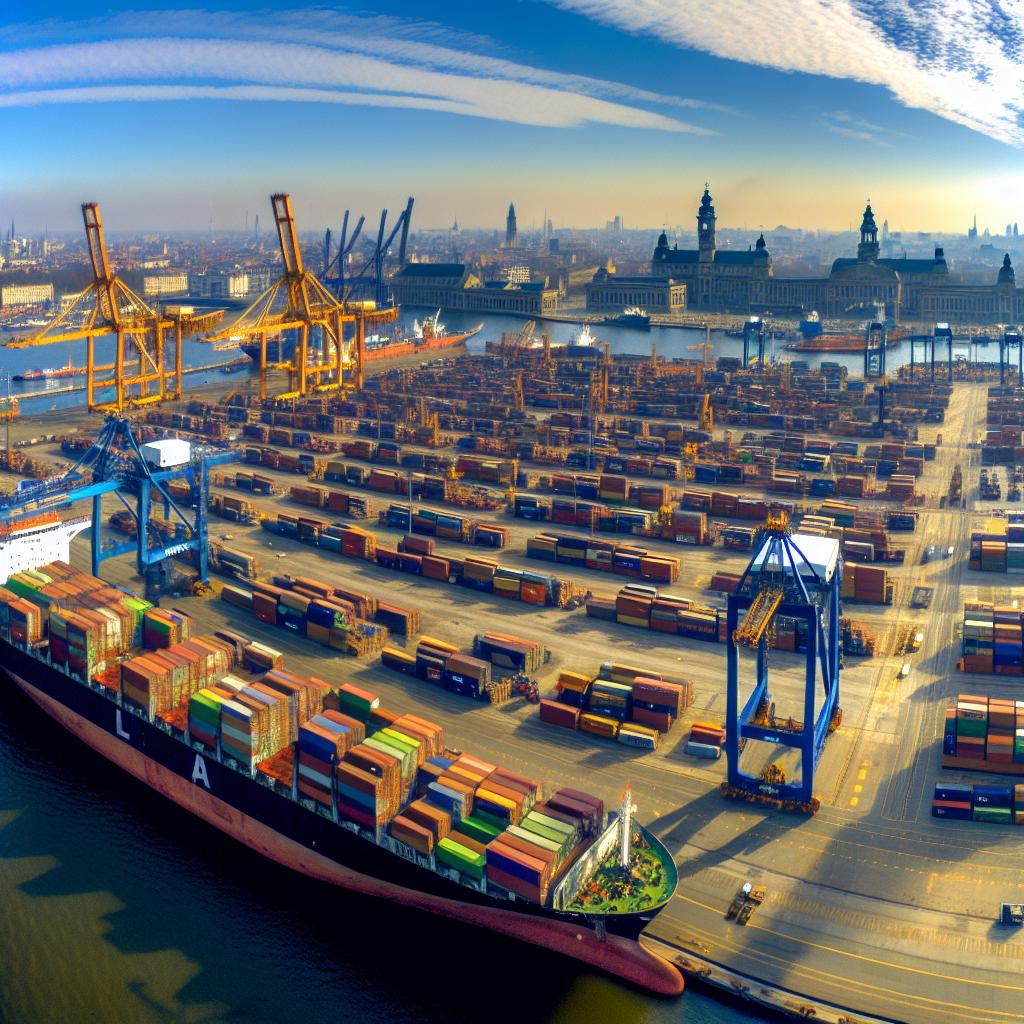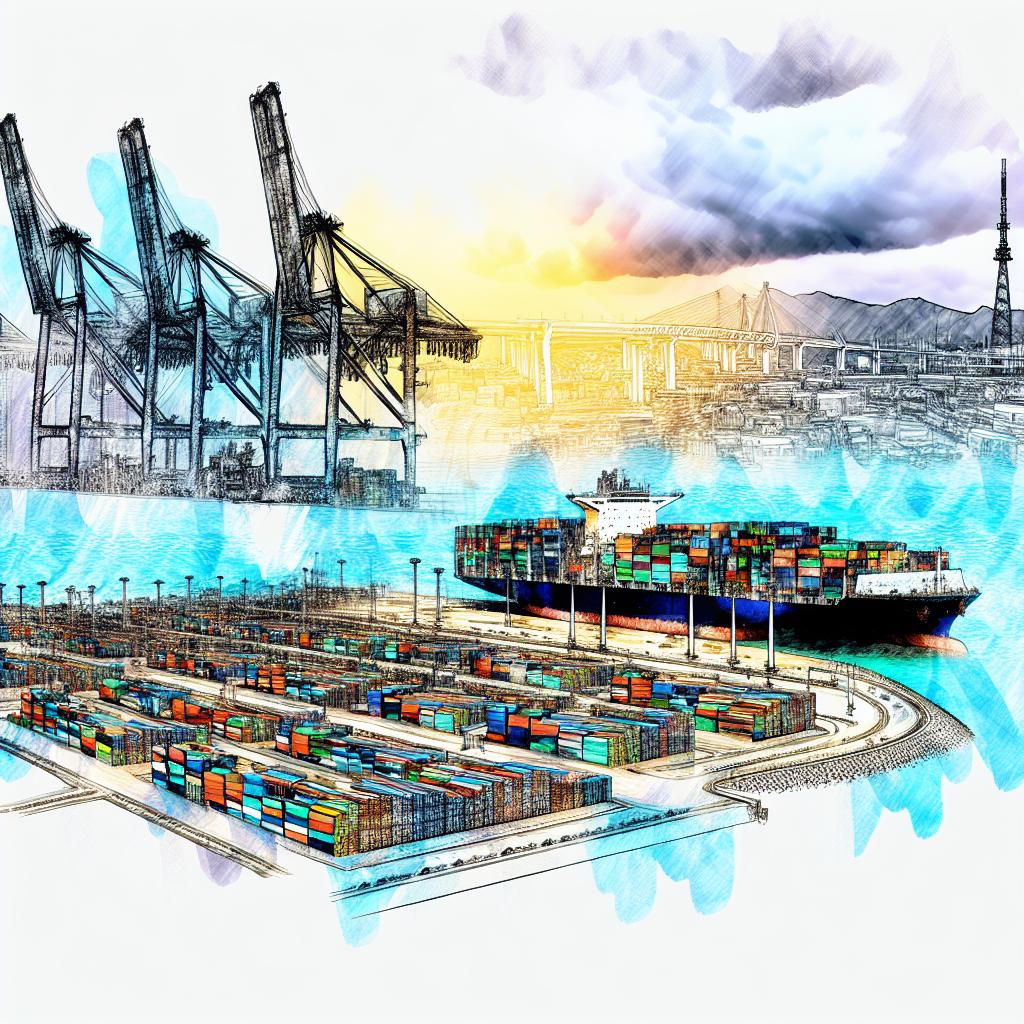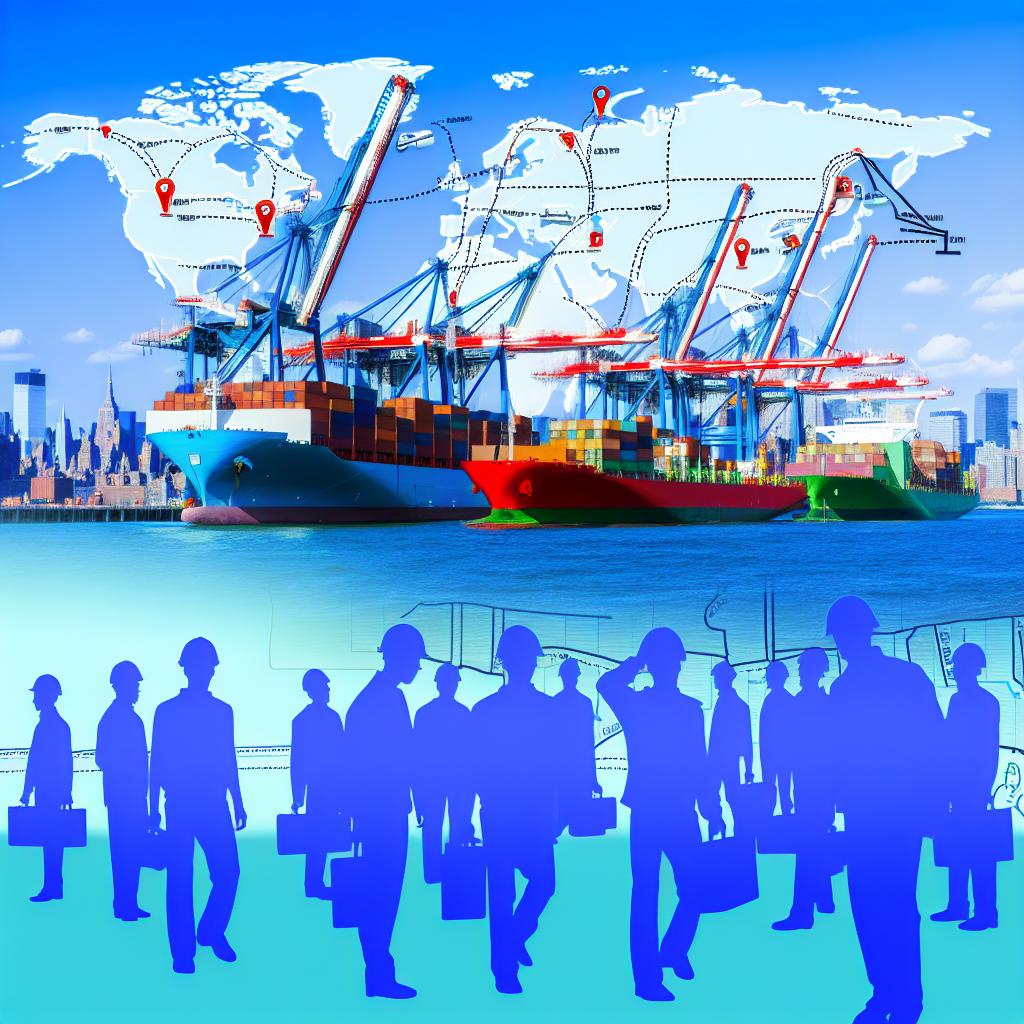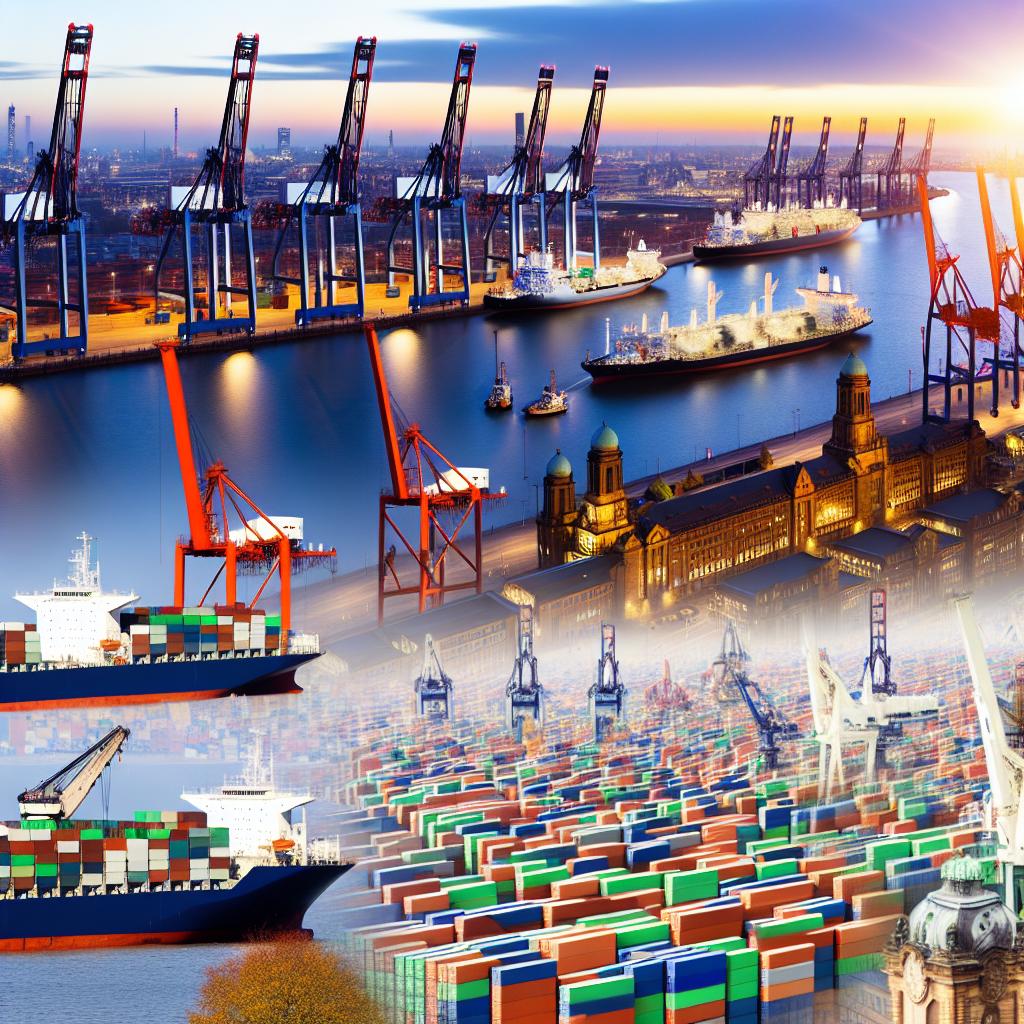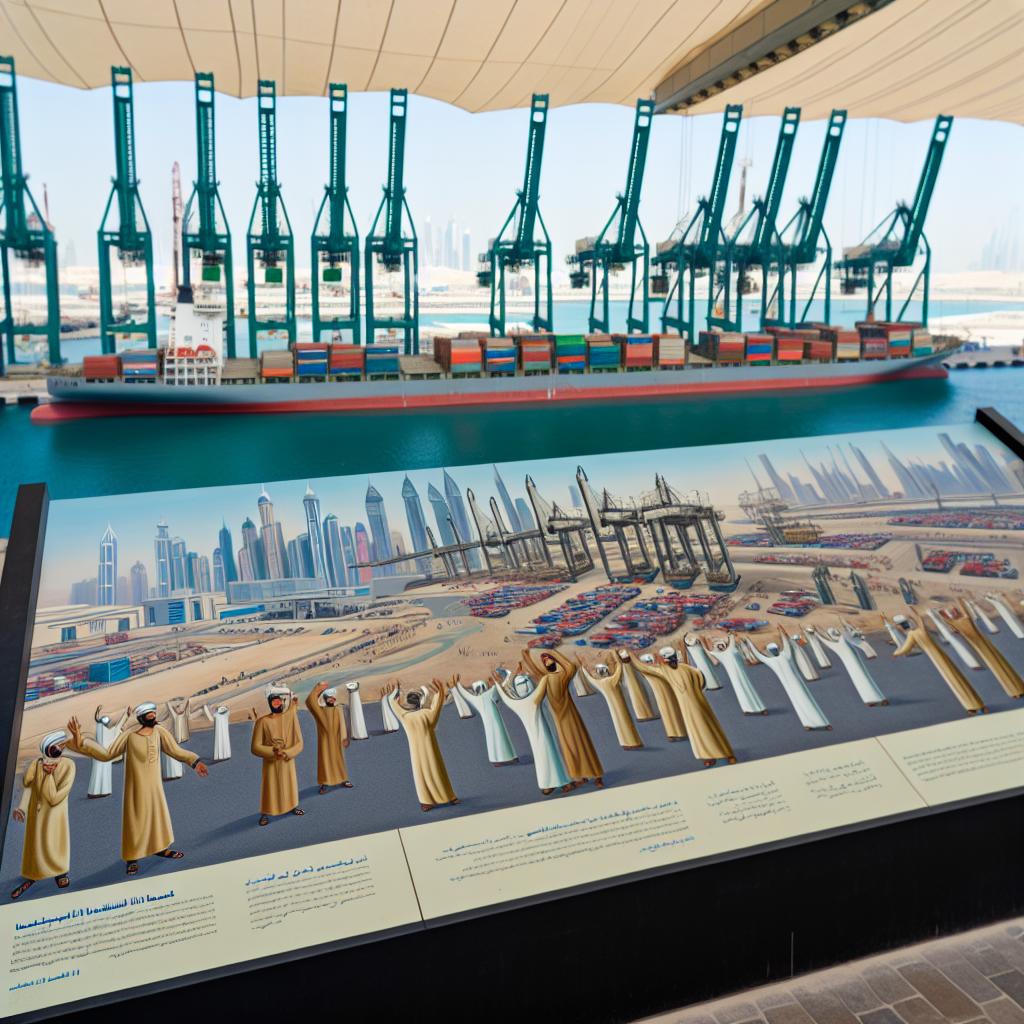Overview of the Port of Antwerp
The Port of Antwerp is an integral component within Europe’s broad logistics and transportation network. As the second-largest port in Europe, only overshadowed by the Port of Rotterdam, it plays a pivotal role as a gateway for international commerce. Positioned strategically in Belgium, the port serves as a significant entry point for goods entering and leaving Europe.
Historical Context
The Port of Antwerp boasts a rich maritime history that has evolved over centuries. Initially established as a small harbor, it progressively expanded to meet the increasing demands of global trade. The evolution of the port reflects broader trends in international shipping, with continual adaptations to maintain a competitive edge. Emerging from humble beginnings, the port has grown into a sophisticated center for logistics, incorporating cutting-edge technology to thrive in the modern shipping landscape.
Geographical Advantage
Antwerp’s geographical positioning offers considerable advantages. Nestled on the right bank of the river Scheldt, the port has direct access to the North Sea, facilitating seamless connectivity to numerous regions across Europe and beyond. This prime location enables a swift flow of goods and integrates the port into a vast network of maritime trade routes. The proximity to critical industrial zones further enhances the port’s reputation as a leading logistics hub. Its strategic location enables efficient transportation, cutting down transit times and reducing costs associated with the shipping process.
Infrastructure and Facilities
The infrastructure of the Port of Antwerp is vast and includes sophisticated dock systems, expansive storage options, and specialized terminals. Collectively, these facilities are designed to manage an array of cargo types, encompassing containers, bulk goods, hazardous materials, and perishable items. The port is also supported by an extensive network of roadways, railways, and inland waterways, which ensures efficient movement of goods to and from the port itself. The integration of advanced technology and automation across these systems underscores the port’s commitment to efficiency and innovation.
Economic Impact
The economic impact of the Port of Antwerp is profound and multi-faceted. Serving as a cornerstone in Belgium’s economy, the port underpins thousands of jobs and supports substantial trade volumes. Its pivotal role extends to contributing significantly to Belgium’s GDP, underscoring its importance as a vital maritime hub. Beyond Belgium’s borders, the port influences economic activities in neighboring countries and the wider European region, facilitating trade and economic growth on a larger scale. This wider impact is indicative of the port’s role not just as a national asset, but a critical component of European trade infrastructure.
Environmental Considerations
In recent years, concerted efforts have been made at the Port of Antwerp to enhance environmental sustainability. Initiatives focusing on reducing carbon emissions, improving energy efficiency, and promoting green logistics have become increasingly integral to port operations. These measures are part of a deliberate strategy to align with global environmental standards. By actively pursuing a reduction in the ecological footprint, the port demonstrates its commitment to sustainable development, balancing economic growth with environmental stewardship.
Future Prospects
As one looks towards the future, the Port of Antwerp is primed for further expansion and technological advancement. Future development plans are set to enhance digital infrastructure and increase automation, allowing for an expansion in capacity to manage growing trade volumes. These strategic efforts are aimed at fortifying the port’s standing as a leader in the global maritime industry. By embracing technological innovations, the port aims to remain competitive amidst a continuously evolving market landscape.
In summary, the Port of Antwerp remains a cornerstone of European trade and logistics. Its historical significance and modern infrastructure, complemented by strategic initiatives to drive innovation and sustainability, affirm its status as a key player in global maritime commerce. With ongoing developments and a firm commitment to sustainability, the Port of Antwerp is well-positioned to maintain its legacy as Europe’s second-largest port in the years to come.
